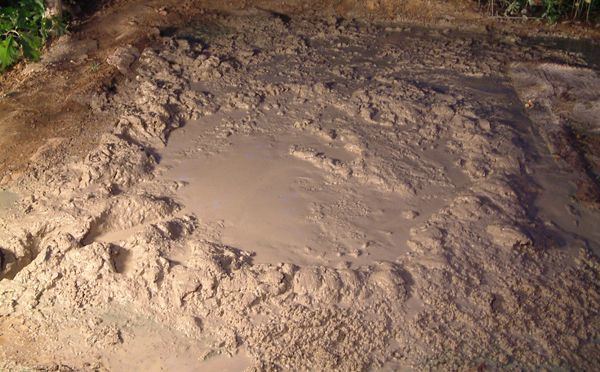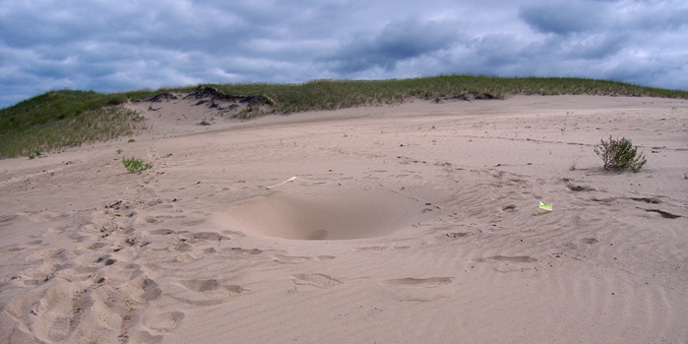

Clarke novel A Fall of Moondust (1961) was based on the perils of working and traveling on a moon surface covered by a deep layer of dry quicksand, based on the actual risks considered during the planning of the Project Apollo missions. Lawrence "drowns" in dry quicksand (this was never claimed to have happened in real life). In the film Lawrence of Arabia, a servant of T.
Dry quicksand movie#
The movie 12 to the Moon (1960) shows a crew member being lost in moon dust similar to dry quicksand. Mindwarp (1990) also has an actress wandering into dry quicksand before being rescued. The 1966 movie African Gold (released abroad as Ride the High Wind) shows an actress being trapped in dry quicksand. In popular cultureĭry quicksand was occasionally featured in literature. The large plates at the end of legs of the Apollo Lunar Module were designed to reduce this danger, but the astronauts did not encounter dry quicksand. The successful landings of the unmanned Surveyor probes a few years earlier and their observations of a solid, rocky surface largely discounted this possibility, however. ĭuring the planning of the Project Apollo moon missions, dry quicksand on the moon was considered as a potential danger to the missions. Indeed, reports that travellers and whole vehicles have been swallowed instantly may even turn out to be credible in the light of our results. Lohse concluded that In nature, dry quicksands may evolve from the sedimentation of very fine sand after it has been blown into the air and, if large enough, might be a threat to humans. Objects are known to make a splash when they hit sand, but this type of jet had never been described before.

Lohse also observed a "straight jet of sand violently into the air after about 100 ms".

Lohse found that a weighted table tennis ball (radius 2 cm, mass 133 g), when released from just above the surface of the sand, would sink to about five diameters. They then turned the air stream off before the start of the experiment and allowed the sand to settle: the packing fraction of this sand was only 41% (compared to 55–60% for untreated sand). Writing in Nature, physicist Detlef Lohse and coworkers of University of Twente in Enschede, Netherlands allowed air to flow through very fine sand (typical grain diameter was about 40 micrometers) in a container with a perforated base.


 0 kommentar(er)
0 kommentar(er)
